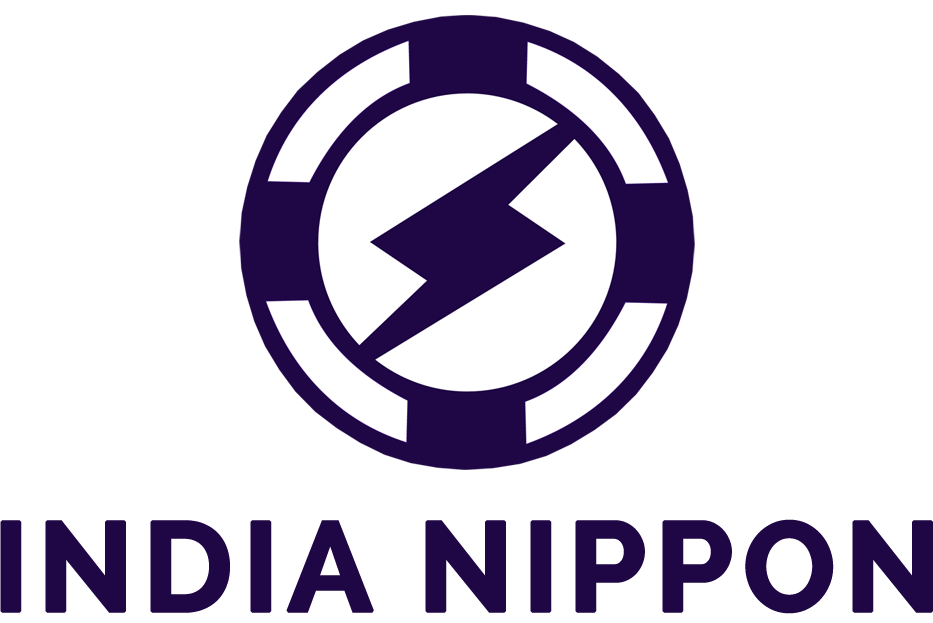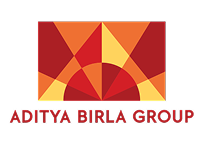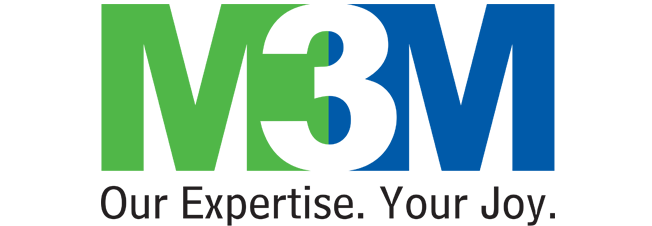Procol • September 17, 2025
Strategic sourcing management software & sourcing solutions: a guide
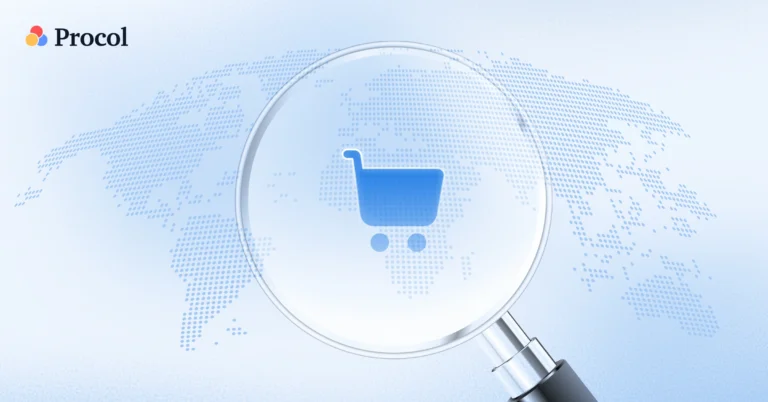
Managing sourcing and procurement can be an overwhelming task. You’ve got countless spreadsheets, endless calls from suppliers that you can’t even remember, and not enough hours in the day to approve requests. It sounds stressful, right? Well, this blog is here to tell you how sourcing management software makes all of those tasks a breeze. These tools make the process smoother, faster, and a lot smarter. And it works in every single scenario, whether you’re trying to save costs, improve vendor partnerships, or gain better visibility into your spending. The right software can make all the difference, and this blog will help you choose the best fit for your business, tell you the various features of these tools, do a quick and easy-to-read comparison, and lay out the benefits of smart software, so you’ve got everything you need to know right here.
What is sourcing management software?
Sourcing management software is a digital platform that helps businesses automate and simplify the source-to-contract process. A sourcing management system allows procurement teams to easily find, evaluate, and manage vendors from one place. These tools come with features like tender management, supplier tracking, performance monitoring, and on-demand negotiations, making them must-haves for modern procurement firms looking to automate their P2P process and make tasks more efficient. Companies can quickly identify the best suppliers without spending unnecessary money and wasting time. Additionally, easy integration and accessibility mean teams can start using the software fast, achieving results within days.
What are the features of a sourcing software for procurement?
Sourcing software for procurement comes with many features like strategic planning and sourcing, analytics, supplier management with pre-qualification and performance tracking, e-sourcing features like e-auctions and RFx management, contract and spend management, and integration with various ERPs and businesses’ existing systems to make the source-to-pay cycle more efficient. So, whether it’s tools for small businesses or those with enterprise-grade abilities, the aim remains to make procurement smarter. Here are the many features explained.
1. Spend and category management
Spend management allows companies to track every dollar that goes into all their procurement activities. Then, they can further organize it into categories like IT or raw materials. This helps teams control their spending. Enforcing certain spend management KPIs also helps them spot areas where resources are being wasted, and helps them adjust their procurement strategy.
2. Supplier management
Companies can keep supplier data like performance and the risks they pose in one place. Strong supplier tools help in building and maintaining relationships, as they allow personalized attention toward each supplier and make it easier to recognize suppliers who are bringing in more value.

3. Strategic sourcing
With strategic sourcing software, companies can compare suppliers easily without having to go through multiple spreadsheets. Smart digital tools help them run bids and negotiate prices in the same window, so time is saved, better pieces are secured, and decisions can be made much faster.
4. RFx and RFP management
You can send requests for information, proposals, and quotes from a single system. This makes evaluating suppliers easier and ensures that all of them are compared on a fair basis. This way, all teams can review vendor quality, pricing, and compliance side by side, allowing them to work efficiently.
5. eAuctions and online bidding
E-sourcing platforms allow suppliers from anywhere in the world to compete for your business. Modern e-sourcing tools in procurement easily support reverse auctions, so bidders can keep adjusting their prices with the press of a button. Additionally, more advanced software also offers auction styles such as Dutch, English, and Japanese.
6. eProcurement functions
Sourcing management software comes with eProcurement tools that automate the repetitive and time-consuming tasks that leave your team burnt out and frustrated. Using these tools, they can create, approve, and track purchase orders online. This reduces manual effort and speeds up processes that once took days.
7. Supply chain collaboration
E-sourcing software helps companies work with suppliers in real-time. This improves the efficiency of the supply chain and ensures all activities, like deliveries, are done on time. It also keeps logistics, product, and service quality in check. Therefore, businesses can keep running even during market disruptions.
8. Contract, invoice, and payments
You can keep all of your contracts in one place, making procurement contract management much easier to track. Match invoices to contracts and automate payments easily, too, so you don’t have to go back and forth, double-checking the little details. This cuts down mistakes and late fees, and also ensures your suppliers are paid on time.
9. Budget and cost control
Setting spending limits means you can have better control over where your money goes. Think of it like setting restrictions for yourself for the greater good. You might think that investing in a less important area is useful for now, but it may negatively affect your long-term goals. You need to track costs in real time and stop overspending before it happens. This makes it easier to plan and keeps you on track with your goals.
10. Workflow approvals
Instead of waiting and spending days on the same approval, you can automate approval steps so requests move faster, but still follow company rules. This reduces delays in the procurement process and keeps everything moving smoothly.
11. Catalog and inventory management
Upload supplier catalogs and keep items organized for quick access. Additionally, inventory tools show you your stock levels and tell you what you need more of. These tools also alert you when you need to reorder and avoid shortages and waste.
12. Reporting and analytics
Teams can use performance dashboards to see spend trends and supplier performance. They can even track how processes are moving and monitor their own performance, giving them insights into where they can improve. So, with clear data, teams can find savings and improve sourcing.
13. Integration with other systems
The best sourcing management software is able to connect easily with tools like ERP, accounting, and contract management. It enables tools to work simultaneously instead of downloading extensions or relying on third-party software and overcomplicating things. This helps prevent duplicate entries and keeps records accurate.

14. Mobile, cloud, and user access
Easy access means teams can log in from anywhere and approve requests when they’re not in the office. It also allows them to give access by role. Cloud based procurement solutions are also more secure and cut down on extra costs for IT, keeping data safe without the extra work.
15. Extra features: insights, compliance, and recruiter tools
Modern sourcing tools are a company’s right hand now, because they’re capable of pretty much everything. They give teams helpful insights, update rates automatically, and track compliance with company rules or diversity goals. Additionally, there is even sourcing software for recruiters that manage candidate sourcing, so HR teams can find the right additions.
Best sourcing management software for enterprises in 2025
In 2025, software like Procol, SAP Ariba, GEP Coupa, and others offer different features. Procol is the leading strategic sourcing software for modern enterprises, offering end-to-end automation across the procurement lifecycle. From Smart eAuctions to Supplier Scoring & Analysis, it provides full automation, AI-powered agents, and seamless ERP integration. And the best part is, it’s all in one platform. This table compares the best sourcing management software in today’s procurement industry, so let’s understand the key features of these tools.
| Provider Name | Smart eAuctions | ERP Integration | AI Agents | Supplier Scoring & Analysis | Spend Analysis | Custom Sourcing Templates |
|---|---|---|---|---|---|---|
| Procol | Yes | Yes | Yes | Yes | Yes | Yes |
| SAP Ariba | Yes | Yes | Yes | Yes | Yes | Yes |
| JAGGAER | Yes | Yes | Yes | Yes | Yes | Yes |
| Ivalua | Yes | Yes | Yes | Yes | Yes | Yes |
| GEP SMART | Yes | Yes | Yes | Yes | Yes | Yes |
| Coupa | Yes | Yes | Yes | Yes | Yes | Yes |
| Procurify | No | Yes | Limited | Yes | Yes | Yes |
| Precoro | No | Yes | Yes | Yes | Yes | Yes |
| Tipalti | No | Yes | No | Yes | Yes | Yes |
| Zycus | Yes | Yes | Yes | Yes | Yes | Yes |
As seen in this table, each sourcing platform is unique in its own way, bringing fresh capabilities to the table. Whether it’s Procol’s smart AI agents and eAuctions, SAP Ariba’s integrations, or Coupa’s analytics, each software is well-known and popular among the procurement audience. However, very few are able to deliver the same precision, ease of use, and tangible results that Procol does with its AI-powered platform. Making the right choice is up to you, and whether your enterprise values agility, automation, or scale the most, or wants the best of everything in one, sustainable platform.
What are the tips on how to find the best-fit sourcing management tools?
Finding the right sourcing management software starts with knowing what your business really needs. At the very beginning, you need to define your company’s specific procurement goals, current pain points, and analyze how your existing systems work. The sourcing management tools you choose should offer features like analytics, supplier tracking, workflow automation, and easy integration. Here are some tips on how you can select the best sourcing tools for your business.
1. Assess your needs & what you want to achieve
Before deciding on any big changes, you need to figure out the problems in your sourcing process. Find out the goals you’d like to achieve, like faster approvals, better supplier relationships, or smarter spending. The list could go on and get hard to track, so make sure you document everything that needs improvement and list the types of sourcing tasks you handle and the reports you need.
2. Understand how your existing systems operate
Check how new software will work with the tools you already use. It should be able to integrate easily and share data automatically so your team doesn’t spend time on double entries. The software you choose should be a helping hand to your team and not an additional burden.
3. Research solutions in your industry
Look for vendors who are experienced in your industry. When you choose those with expertise, they will understand your challenges and offer solutions made for your type of business. Also, make sure that the suppliers you choose are recognized, certified, and have been used by other firms in your industry, because good reviews mean good service.
4. Prioritize key features
Focus on features that are tailored to your company. Whether it’s personalized dashboards for procurement insights, tracking supplier performance, automating tasks, or connecting with other systems, your tool should be completely dedicated to you. Consider strategic sourcing software that can help you make smarter decisions and improve efficiency.
5. Run tests using demos and trials
Try out the software with a small team or a short pilot. This helps you see if it works well before buying it for everyone. Additionally, you can also check for features like ease of use, integration, and vendor support. It’s best to put everything to the test before launching the software so you know what works and what needs fixing.
6. Compare features using a structured process
To make things more organized, consider using a chart to compare different tools. It’ll give you a visual on the features your business actually needs and will allow you to assess vendors better. Additionally, this will segregate the suitable ones for your business and will help you rank the features you should be prioritizing the most, like risk tracking or following rules, so you can make a smart choice.
7. Consider usability and flexibility
Your software should be easy to navigate and use. It should be easy for your team to figure out configurations and dashboards, and they shouldn’t need weeks of training, as that can get frustrating. Make sure it can change as your business grows or your processes change.
8. Check vendor support
Vendors should offer fast support without you needing to call them multiple times. Help should be readily available, as this keeps your team productive if problems arise. With fast support, work is uninterrupted, and issues are taken care of before they start to disrupt processes. Ask how quickly suppliers respond, what help is available, and whether they provide training. They should also provide dedicated account managers and 24/7 assistance.
9. Evaluate cost and stability
Just because a provider is very popular doesn’t mean you’ll get the best service or high-quality products. If you ignore smaller vendors, you may be missing out on clever, more innovative solutions. Newer companies may have a different, fresher perspective on how to approach sourcing and turn it into a sustainable procurement process, and can even work closely with you. Just make sure contracts and terms protect your business.
10. Plan for future growth
Choose software that can grow with your company. It should stay safe, update easily, and handle new challenges without having to be updated every other day. As your business grows, it should adjust to its needs and adapt, saving time and keeping your team working well.
What are the benefits of sourcing software?
The features of sourcing management software are many, and so, they come with numerous benefits, too. Aside from cost savings through spend analysis, procurement tools, and sourcing software have benefits like better process efficiency through automation, more transparency with real-time, easily accessible data, and long-lasting supplier relationships through more honest, open communication and performance tracking. Here are the benefits this software has for your business.
1. Saves time and boosts efficiency
Sourcing management tools cancel out the need for spreadsheets and endless paper trails. With the help of automation, things like RFQs, approvals, and contracts get done in the blink of an eye. This way, teams are free to focus on innovative sourcing strategies rather than spend their time on the same, manual, and routine work.
2. Makes processes more transparent
Everyone in your company sees the same data about the entire procurement process. Whether it’s finance-related, sourcing requests, or approvals, everyone is always on the same page, even if they’re from different departments. This builds trust and ensures everyone is compliant with company rules.
3. Reduces risks and improves compliance
Teams can track suppliers better when they have one source of information to store contracts and past transactions. Software with third party risk management features gives teams easy access to all information, so they can make choices that abide by company rules and regulations and ensure that all activities fit the industry standard.
4. Strengthens supplier relationships
Collaboration portals make communication easier between the buyer and the supplier. Suppliers can track the status of bids and update their profiles regularly. Companies also have access to these profiles and can directly communicate with vendors about anything at any time. This builds long-term partnerships and encourages better performance.
5. Enhances spend visibility and cost control
Detailed spend insights help managers see areas where costs can be saved and also identify areas where they’re overspending. Clear reporting on these aspects also helps in smarter decision-making.
6. Makes adoption simple and affordable
Modern sourcing management tools are easy to use. They also don’t require long processes to set up and often have instant support available. The digital procurement tools of this age also have flexible workflows and sensible pricing to keep costs under control.
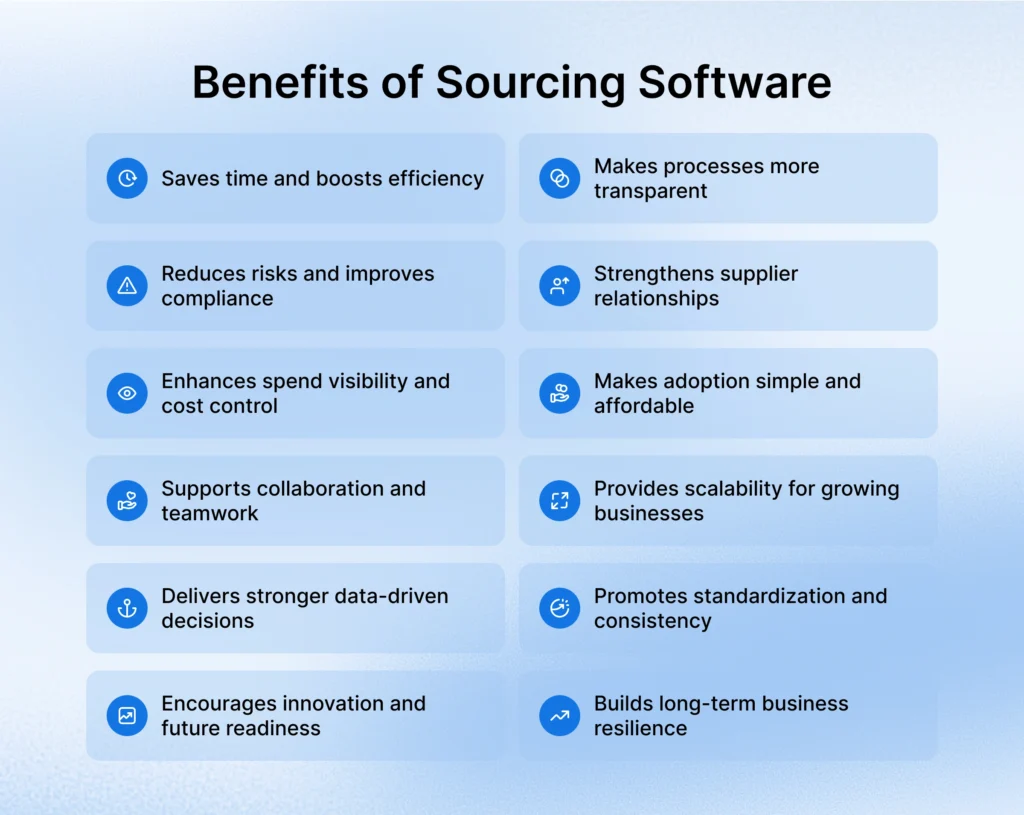
7. Supports collaboration and teamwork
Procurement is a joint process, and modern tools understand that very well. That is why stakeholders in the company who are directly involved in the sourcing process can join projects and review bids. Their input will allow newer perspectives and perhaps better opportunities. Always remember that a collective approach leads to better product quality and service.
8. Provides scalability for growing businesses
E-sourcing tools have the ability to handle multiple projects at once, and so can definitely support your business as it expands and onboards new vendors. This also means it can support complex bids and workflows to fit your needs. Growing businesses should consider newer procurement software as it’s flexible for both small companies and global names.
9. Delivers stronger data-driven decisions
Analytics are a great way to know where your processes are getting you the most revenue and where they’re making holes in your pockets. Especially for smaller companies that still need to find their footing and perfect their sourcing process, sourcing management software for small business has dashboards and reports that show supplier performance and sourcing efficiency. They even give insights into competitor cost trends and allow more confident decisions.
10. Promotes standardization and consistency
With manual work, processes are scattered and may not always have the same efficiency and consistency. However, with automation, there are already standard templates and structured workflows in place. These are, of course, completely customizable for your business, but it helps to have a base to start work off. These offer many benefits of e procurement, like reduced errors and making sourcing easier across different teams, regions, and supplier networks.
11. Encourages innovation and future readiness
Today’s modern sourcing software is very intelligent. Assume that it’s already equipped with tools to take your business forward without requiring constant configuration. Regular updates and new features keep businesses competitive. By adopting modern tools, teams can adapt to changing markets and stay ahead.
12. Builds long-term business resilience
Sourcing software has benefits beyond savings, as we already know. These solutions improve the overall quality of your processes and get you more profits by spotting areas that you couldn’t see. Hence, they’re the perfect partner to make companies more resilient, sustainable, and ready for what the future holds.
How Procol is the best sourcing management software for modern businesses
So, what happens when businesses choose tools that don’t fit their needs? Or what if those tools are outdated? What about the countless updates and hours of data transfer to make the software work smoothly? A study found that only 28% of procurement professionals believed that their system was actually making them productive. Furthermore, it was found that 32 million manhours are wasted on inefficient and outdated tools. Let’s be honest, you really don’t want that toxicity.
Here’s where Procol should be your first and only choice. Today’s businesses need a sourcing platform that saves time and makes work easier. This is where we can help. With us, you can handle everything from sourcing to payments in one simple platform; no need to juggle multiple tools. Our Procure-to-Pay and Strategic Sourcing tools eliminate manual tasks and give you better control over your spending, so you can spend more time building meaningful relationships with suppliers. You can also make your bidding smarter and faster with 45+ eAuction types that allow you to make bids more competitive, dynamic, and favourable for you. Our Procurement Orchestration connects teams and systems for smoother collaboration, and our newly launched, unbeatable AI agents speed things up by creating RFPs, grouping requests, suggesting counteroffers, and awarding vendors in minutes.
Don’t wait any longer. Choose the simple, smart, and sophisticated software to add to your tool suite and see the transformation in your procurement process.
Conclusion
By now, you know that sourcing doesn’t have to be stressful or complicated. When you have the right sourcing management software, you’ve already set yourself up for success. AI-powered platforms with eAuction features, spend analytics, and supplier management tools can help you manage relationships, projects, work better with your partners, and make smarter decisions every day. The tools we explored in this blog show how technology can transform procurement into a smooth, efficient process. Now, when you’ve got the right knowledge, you know the answer for you is Procol, your all-in-one procurement solution that helps your team work smarter and your processes get you real revenue. Book a demo now!
Frequently asked questions
Which procurement software is considered the best for businesses today?
Procol is a leading choice for enterprises in 2025, followed by SAP Ariba. However, the best procurement software depends largely on your business size, goals, and specific sourcing needs.
What exactly is a sourcing system, and how does it support procurement teams?
A sourcing system is a technology platform that centralizes and automates strategic sourcing. It helps businesses identify, evaluate, negotiate with, and select the best suppliers to get the optimum goods and services.
What is an S2P system?
S2P, or Source-to-Pay, is an end-to-end procurement process that covers the entire sourcing lifecycle. This includes strategic sourcing, supplier management, and final invoice and payment processing across the complete lifecycle of acquiring goods and services.
How does the strategic sourcing process typically work in organizations?
Strategic sourcing involves many aspects that ensure efficient operations. This includes identifying opportunities, researching markets, creating a sourcing strategy, issuing RFPs or RFQs, evaluating suppliers, negotiating contracts, and monitoring ongoing supplier performance.
What are the four core pillars of sourcing in procurement?
The four core pillars of strategic sourcing in procurement are Spend Analysis, Sourcing Strategy, Contract Management, and Supplier Relationship Management. Each one is designed to improve efficiency, cost savings, and vendor performance.
What are the 7 sourcing levers?
The seven sourcing levers are defining spend categories, performing market analysis, developing a strategy, creating RFx documents, selecting suppliers through negotiation, executing contracts, and ensuring continuous improvement through benchmarking results and setting KPIs.
Does strategic sourcing approach high-value purchases differently from low-value categories?
Yes, strategic sourcing uses a more intensive process for high-value purchases. This is due to the impact on financial performance, supply chain resilience, and operational success. And on the other hand, low-value items follow simpler tactical sourcing methods.
What are the main benefits of adopting sourcing management software for modern businesses?
The key benefits of sourcing management software include automated processes that save time, better risk and compliance management with centralized data, improved decision-making through real-time analytics, greater spending transparency, and stronger collaboration with suppliers.
Explore more from Procol
Discover expert tips, how-to guides, industry insights, and the latest procurement trends.
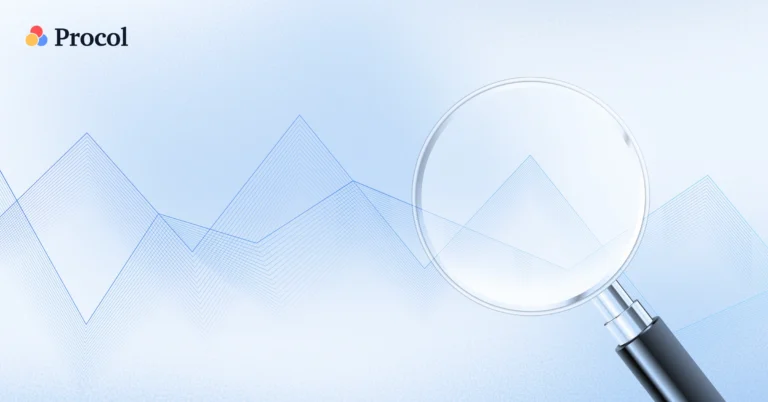
Sourcing strategies explained: Types, process, benefits, and examples
Sourcing strategies are important for creating effective, efficient, and resilient supply...
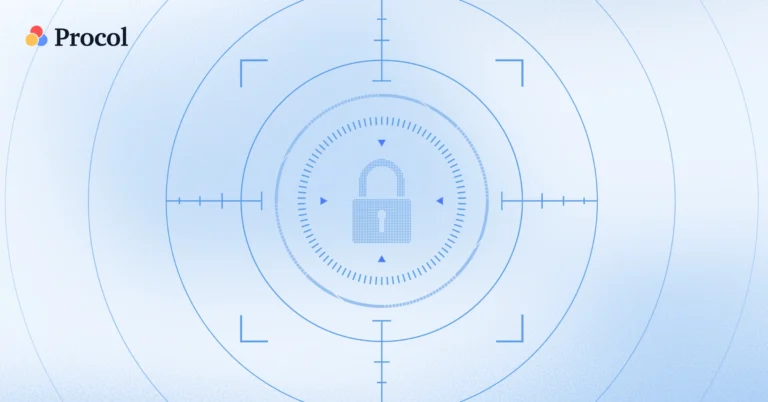
What is third party risk management (TPRM)? | A complete guide
Learn about third party risk management, TPRM assessment, components of the...

Procurement negotiation guide for procurement success in 2025
Learn about the importance of procurement negotiation, key tips & strategies,...
